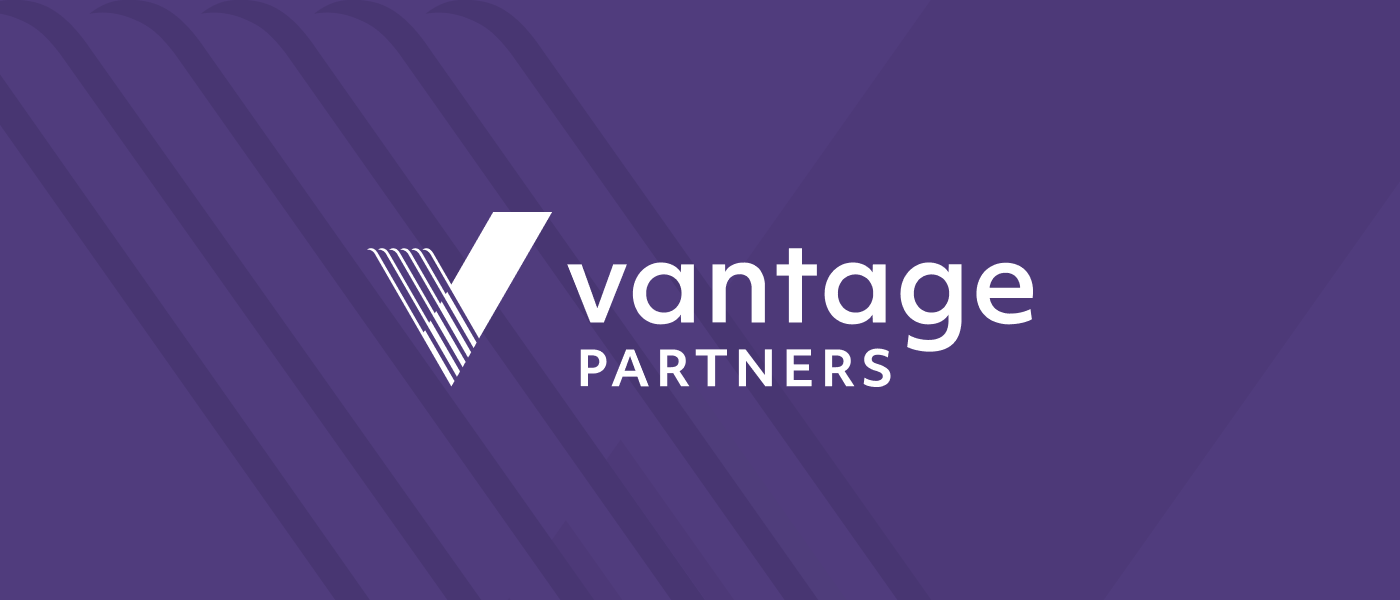
In this edition:
- For successful negotiation look beyond your own industry
- How to breathe life into agile management
- Essential management thinking for the 2020s
For successful negotiation look beyond your own industry
“For successful negotiation look beyond your own industry,” recommends a recent Financial Times article. The authors explore the impact on negotiations of “the inert knowledge problem”—when people fail to use what they already know to solve a new problem because they do not recognize their prior knowledge as relevant.
What’s Interesting? The article compares negotiation results from two test groups. One group prepared for a negotiation by analyzing a case study from within its industry, the other with a similar scenario from a different industry. Managers who prepared with a case outside of their industry were able to achieve more creative and valuable negotiated outcomes, a difference that “translated to about $1m in expected value at the negotiation table.”
Our Quick Take: Experienced negotiators must think differently about the problems they face—otherwise they will not change how they approach them. For negotiators to be able to apply “inert knowledge,” they first must recognize they have it, and then connect it to the challenge before them. That’s why it is vital, when developing your organization’s negotiations capability, to encourage negotiators to think broadly about solving problems across different internal and external contexts. Negotiated outcomes systematically improve when organizations embed negotiation as a capability across functions, with a shared framework of best practices.
For more on negotiation, visit our Insights Center: Maximizing Negotiation Leverage and Value.
How to breathe life into agile management
Originally introduced to accelerate software development, agile methodologies now are being applied far afield from the tech space. “Are You Agile Enough for Agile Management?” from The Wall Street Journal explores potential benefits as well as distinct behavioral challenges that agile approaches pose for leaders and teams.
What’s interesting? Agile applied well can free teams from silos and bureaucracy to yield increased efficiency; applied poorly, agile can bog your people in “a swamp of annoying jargon and tedious rituals.” How can this set of principles prove useful in some cases, yet fall flat in others? Methodology alone doesn’t drive change. As with any management framework, it is people’s mindset and behavioral skills that that breathe life into methodologies. Managers and individual contributors must learn how to become more adaptable—ignoring old silos and tapping across the organization to marshal resources is a new mindset. Leaders lead differently so their teams operate in a more autonomous way. Agile also demands a transparent, fast-paced way of communicating—a challenge to those who are shy, uncomfortable presenting their work, or uncomfortable receiving feedback.
Our quick take: There’s a lot of hype around “agile,” but there’s no doubt that organizations must move more quickly, more iteratively, and more collaboratively to win in an era of accelerating change. That takes more than adopting a new management methodology. It takes systematically building capability, driving mindset shifts, and developing critical skills for adaptive, collaborative leadership: listening, joint problem-solving, managing conflict, and building alignment.
Visit the Vantage Insights Center for more about “Thriving in Constant Change: Mindset Shifts that Drive Adaptive Leadership.”
Essential management thinking for the 2020's
MIT Sloan’s Management Review recently explored “Eight Management Ideas to Embrace in the 2020s”—the skills, investments, and processes leaders need to maximize their organization’s success in this new decade. Three of these ideas stand out because of their interdependency.
What’s interesting? “Build Agile, Collaborative Cultures,” “Effectively Embrace Emotions at Work,” and “Take a Learning Approach to Our Differences” are recommendations that together form a mutually reinforcing system.
- Executing against the first objective requires the other two capabilities: an agile and collaborative culture can thrive only when there’s a commitment to learning and a recognition that humans all have emotional commitments and reactions.
- Embracing and acknowledging emotions, the second of these, is always easier said than done; successfully doing so even when it makes us uncomfortable works best when an organization treats a learning approach to others’ differences as foundational. It’s simply easier to manage our own emotions and engage with those of our work colleagues in a culture that values collaboration and a shared effort to learn and improve.
- And it is much easier truly to take a learning approach to differences when we are clear—in our culture and in how we plan and execute work—that we expect to iterate rapidly and collaborate broadly. It’s crucial that we recognize and acknowledge the emotional impacts of having to adapt and change something on which we worked hard.
Our quick take: Feelings are unavoidable in the workplace; their impact, whether positive or negative, is undeniable. Neither superficial static nor unprofessional debris, feelings are the fundamental drivers of how we approach each and every task. Effective leadership in times of rapid change requires harnessing the interconnected power of human emotions, focused collaboration, and cross-organizational learning.
Learn more about “Feelings and the Bottom Line” in the Vantage Insights Center.


